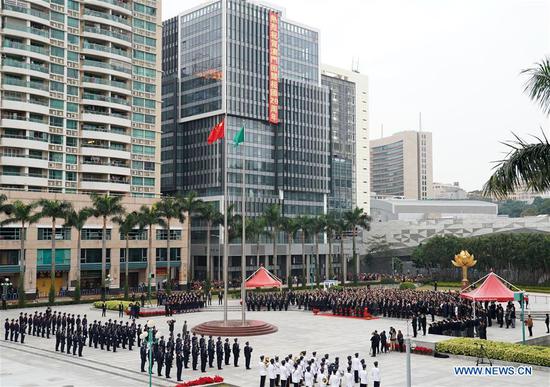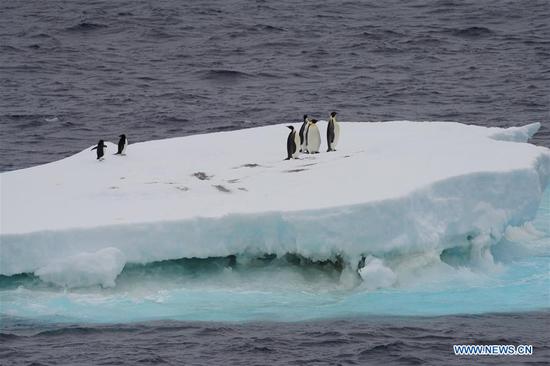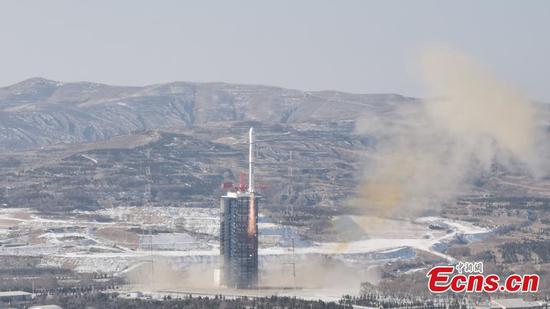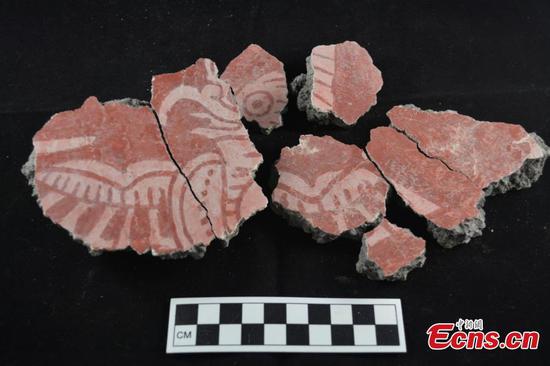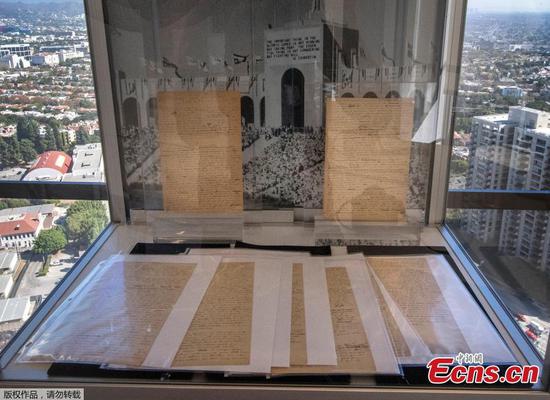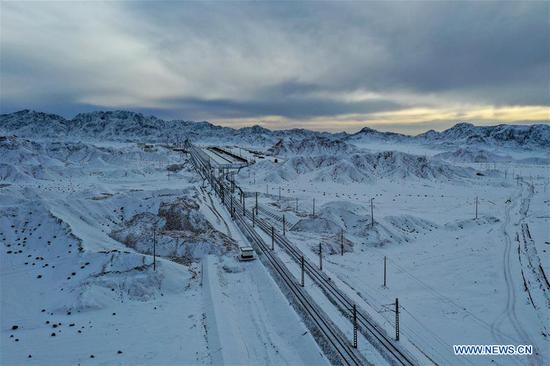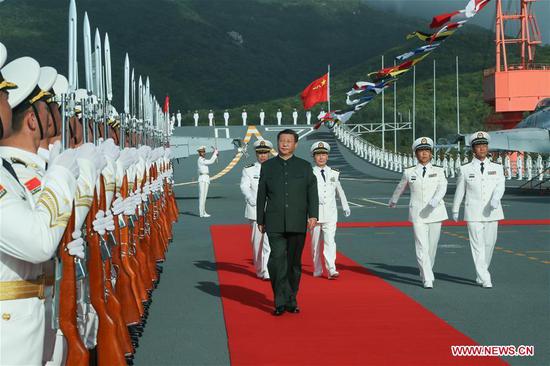A U.S. unmanned spacecraft launched Friday morning scrapped its plan to dock with the International Space Station (ISS) due to an orbit insertion anomaly, the country's space agency NASA said.
It came after Boeing's Starliner spacecraft lifted off on a United Launch Alliance Atlas V rocket at 6:36 a.m. U.S. Eastern Time (GMT 1136) and separated from the upper stage of the rocket 15 minutes after the blastoff.
About one hour after the separation, however, NASA said in a statement that the spacecraft had an off-nominal insertion and was not in its planned orbit.
Starliner will not dock with the space lab as planned and will return back to White Sands landing site in the United States in 48 hours or more, according to Boeing.
"We have a projected return to White Sands in 48 hours. If we can stay longer and get more test objectives, we will do that," said Jim Chilton, Boeing Vice President of Space and Launch, at the post-launch press conference on Friday.
NASA administrator Jim Bridenstine said in a tweet that Starliner had a Mission Elapsed Time (MET) anomaly. It is believed that the spacecraft was in an orbital insertion burn or that the burn was complete, so the dead bands were reduced and the spacecraft burned more fuel than anticipated to maintain precise control.
Also, the delay in communication satellites prevented ground flight controllers from sending commands to correct the problem while it was happening, according to Chilton.
Starliner's mission failure was a setback for NASA's attempt to bring American astronauts to the ISS with U.S.-made spacecraft instead of relying on a Russian spaceship.
NASA contracted Boeing and SpaceX to build two vehicles in 2014. SpaceX's Crew Dragon spacecraft completed its debut unmanned flight in March this year and is expected to have a manned flight in 2020.
Bridenstine did not say whether Starliner would have another uncrewed test flight. He suggested at the press conference that Starliner could fly a crewed mission without first demonstrating docking with the ISS on an uncrewed mission.









